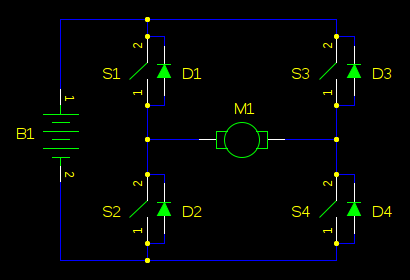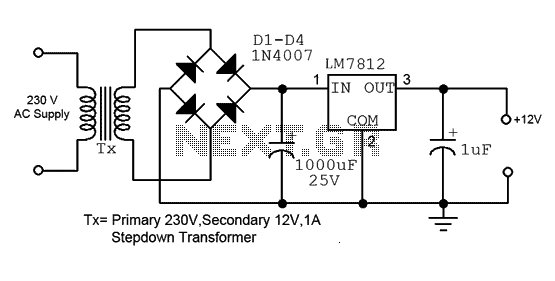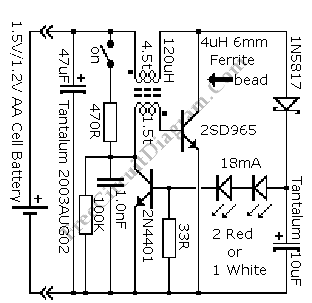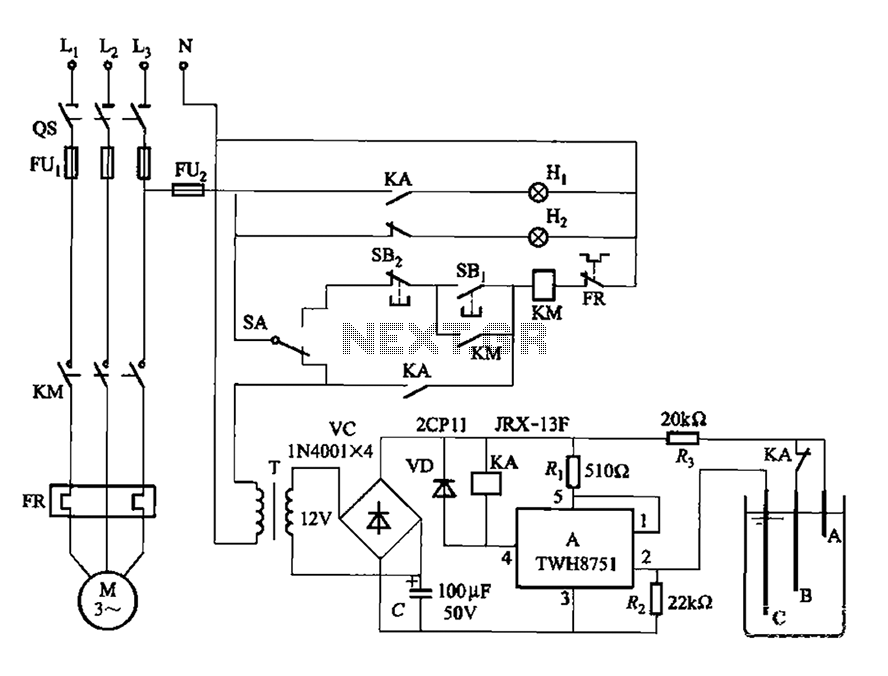
Power Supply for Preamplifiers
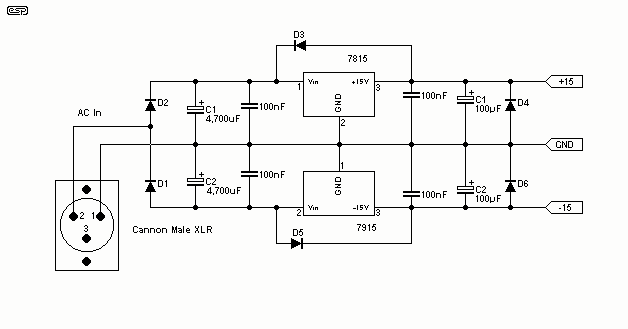
Preamps may in some cases use a simple regulator, with the supplies taken from the main amp power supply. This can be a problem if the main amp is of very high power, as the supply voltage will be too high for 3-terminal regulator ICs. This will also be a problem if the main amp is under warranty or you just don't want to fiddle with it.
In the design of audio preamplifiers, a common approach involves utilizing a simple voltage regulator to derive the necessary supply voltages from the main amplifier's power supply. This method can be efficient; however, it presents challenges when the main amplifier operates at high power levels. Specifically, the output voltage from the main amp can exceed the input voltage ratings of standard 3-terminal linear voltage regulator integrated circuits (ICs), which typically have a maximum input voltage limit. Exceeding this limit can lead to thermal shutdown or permanent damage to the regulator.
When dealing with high-power amplifiers, it is crucial to ensure that the voltage levels are compatible with the specifications of the voltage regulators employed in the preamp circuit. One solution is to implement a more robust voltage regulation scheme, such as using a switching regulator, which can handle higher input voltages and provide the necessary output voltage with improved efficiency.
Another consideration is the warranty of the main amplifier. Modifying the power supply can void the warranty, which necessitates the exploration of alternative designs that do not require direct modification of the main amp's power supply. An isolated power supply for the preamp, which can be powered from a separate transformer or a dedicated power supply module, may be a more prudent choice. This approach not only preserves the integrity of the main amplifier but also allows for greater flexibility in selecting the appropriate voltage levels for the preamp circuit.
In summary, while integrating a preamp with the main amplifier's power supply can be convenient, careful consideration must be given to the voltage levels and the potential impact on the main amp's warranty. Employing alternative voltage regulation methods and independent power supplies can enhance the reliability and performance of the preamplifier circuit.Preamps may in some cases use a simple regulator, with the supplies taken from the main amp power supply. This can be a problem if the main amp is of very high power, as the supply voltage will be too high for 3-terminal regulator ICs.
This will also be a problem if the main amp is under warranty or you just don`t want to fiddle with it. 🔗 External reference
In the design of audio preamplifiers, a common approach involves utilizing a simple voltage regulator to derive the necessary supply voltages from the main amplifier's power supply. This method can be efficient; however, it presents challenges when the main amplifier operates at high power levels. Specifically, the output voltage from the main amp can exceed the input voltage ratings of standard 3-terminal linear voltage regulator integrated circuits (ICs), which typically have a maximum input voltage limit. Exceeding this limit can lead to thermal shutdown or permanent damage to the regulator.
When dealing with high-power amplifiers, it is crucial to ensure that the voltage levels are compatible with the specifications of the voltage regulators employed in the preamp circuit. One solution is to implement a more robust voltage regulation scheme, such as using a switching regulator, which can handle higher input voltages and provide the necessary output voltage with improved efficiency.
Another consideration is the warranty of the main amplifier. Modifying the power supply can void the warranty, which necessitates the exploration of alternative designs that do not require direct modification of the main amp's power supply. An isolated power supply for the preamp, which can be powered from a separate transformer or a dedicated power supply module, may be a more prudent choice. This approach not only preserves the integrity of the main amplifier but also allows for greater flexibility in selecting the appropriate voltage levels for the preamp circuit.
In summary, while integrating a preamp with the main amplifier's power supply can be convenient, careful consideration must be given to the voltage levels and the potential impact on the main amp's warranty. Employing alternative voltage regulation methods and independent power supplies can enhance the reliability and performance of the preamplifier circuit.Preamps may in some cases use a simple regulator, with the supplies taken from the main amp power supply. This can be a problem if the main amp is of very high power, as the supply voltage will be too high for 3-terminal regulator ICs.
This will also be a problem if the main amp is under warranty or you just don`t want to fiddle with it. 🔗 External reference
